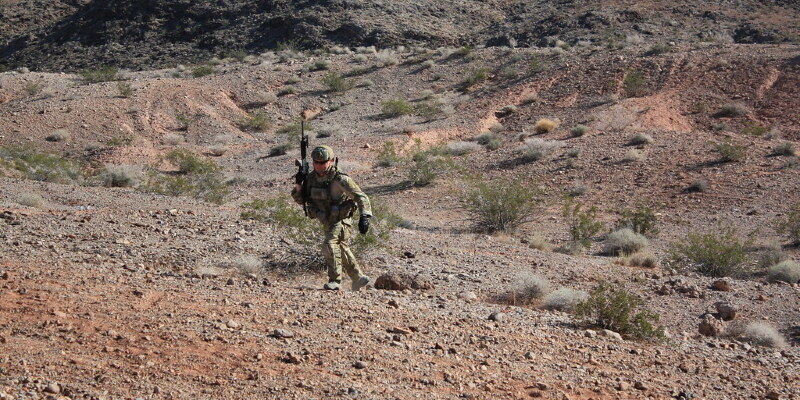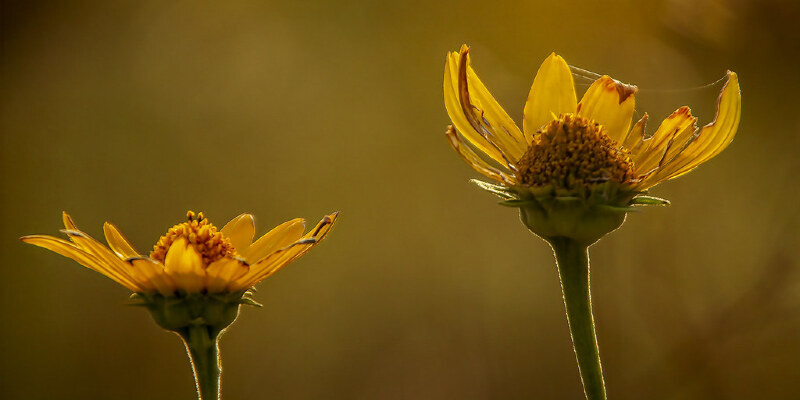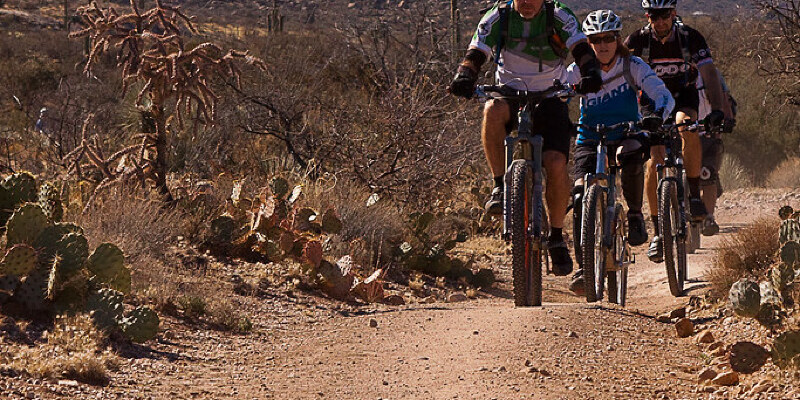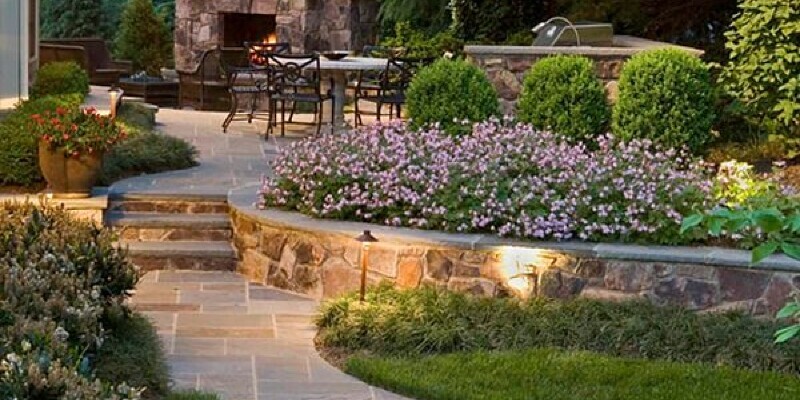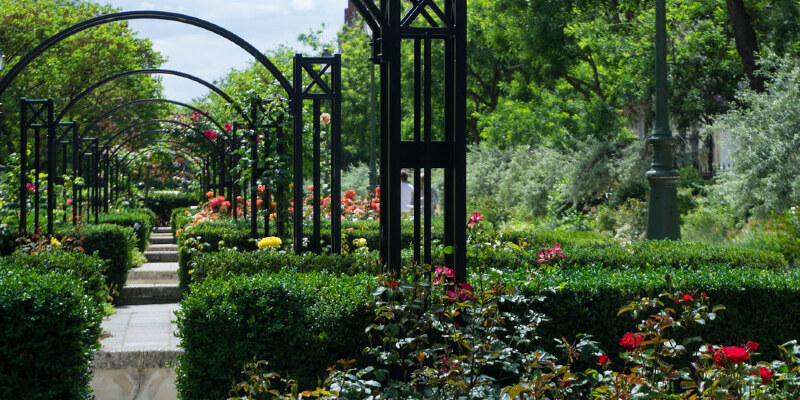How to Decrease the Smell in Memory Foam
Some fresh memory foam, also known as visco-elastic polyurethane foam, emits odors which may be bothersome at night when your face is indeed close to the mattress, pillow or mattress topper made from the foam. Some memory foam products, such as mattresses and mattress toppers, are treated with flame-retardants to comply with federal standards regarding mattress flammability. These chemicals, also known as volatile organic chemicals,”gas off” or escape from the foam, resulting in odor that dissipates over time. Employ a…


